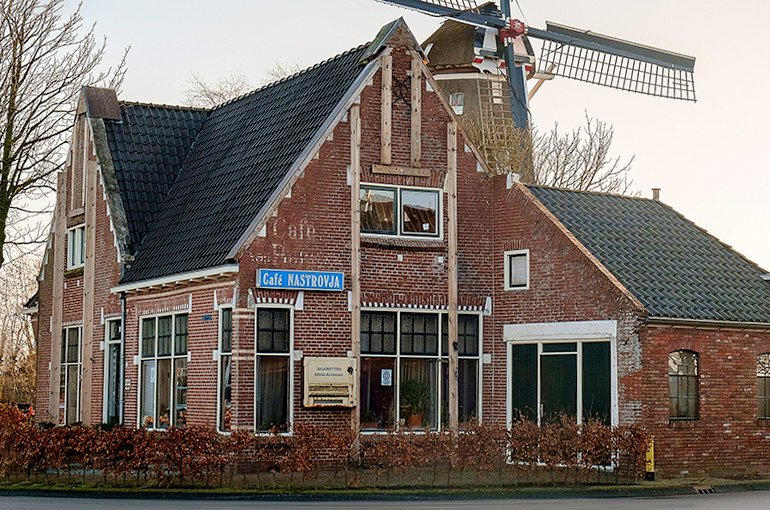New project anchors gas extraction history in Groningen landscape

In the Groningen landscape, you will find few signs that refer directly to the gas extraction that was recently discontinued. In terms of material heritage, actually none, Gertjan Plets and Nikkie Wiegink see, apart from the cracks in houses caused by earthquakes and a few NAM-funded monuments. Through their participation in the EU Horizon Europe project PITCH, they aim to make a change. “This important chapter of Dutch and European history must remain visible.”
Gas from Groningen and fossil funding
The scarcity of material heritage has a negative impact on the ability to keep the memory of gas extraction in Groningen alive, Plets and Wiegink think. “While remembrance is crucial, as it allows lessons to be drawn on how to deal with resources in the future.” The fact that some of the heritage that does exist is funded by the fossil industry is also problematic, they say. This applies, for example, to monuments in public spaces and temporary exhibitions in Dutch museums. “This dependency creates a great many challenges for heritage experts.”
Partly due to collaborations with the fossil fuel sector, many museums and heritage institutions lack the tools for critical reflection on fossil fuels. Plets observed so in previous research. “Museums in particular have received a considerable amount of sponsorship from big companies in recent decades, and some exhibitions have been put under scrutiny for their positive portrayal of our ‘petrohistory’. We will now experiment with a new visual language and new forms of collaboration. In this way, we hope to achieve a more critical reflection on fossil fuels and thus hopefully accelerate the energy transition.”
In this project, Plets and Wiegink work closely with EPIQ, the documentation centre for the fraught history of Groningen’s gas extraction earthquakes. “Together we will explore how to anchor the gas quakes in public space. For example, a cycling route will be created and for land art and architecture we will call on local contemporary artists.”
International collaboration PITCH
The Groningen-Utrecht team is part of a wider international project: Petrocultures’ Intersections with The Cultural Heritage Sector in the Context of Green Transitions (PITCH). PITCH is a collaboration between nine academic and cultural organisations from six countries, investigating cultural heritage and climate change in the context of green transitions.
“With the other universities, museums, and industrial heritage sites, we examine how fossil fuels are depicted and discussed in European museums and other heritage institutions,” Plets and Wiegink explain. Besides Utrecht University, the university partners are University of Stavanger (project leader), University of Amsterdam, University College London, and Centro em Rede de Investigação em Antropologia (Portugal). Museums and other contributing institutions are EPIQ (the Netherlands), Lusto (Finland), E-Werk (Germany), and Deutsches Technikmuseum.
PITCH is co-funded by the EU’s Horizon Europe programme and UK Research and Innovation (UKRI) for 3.3 million euros. The Groningen-Utrecht team grew out of the Contesting Governance platform and received seed money from Institutions for Open Societies, UGlobe, and Open Science in the run-up to the ERC funding.

